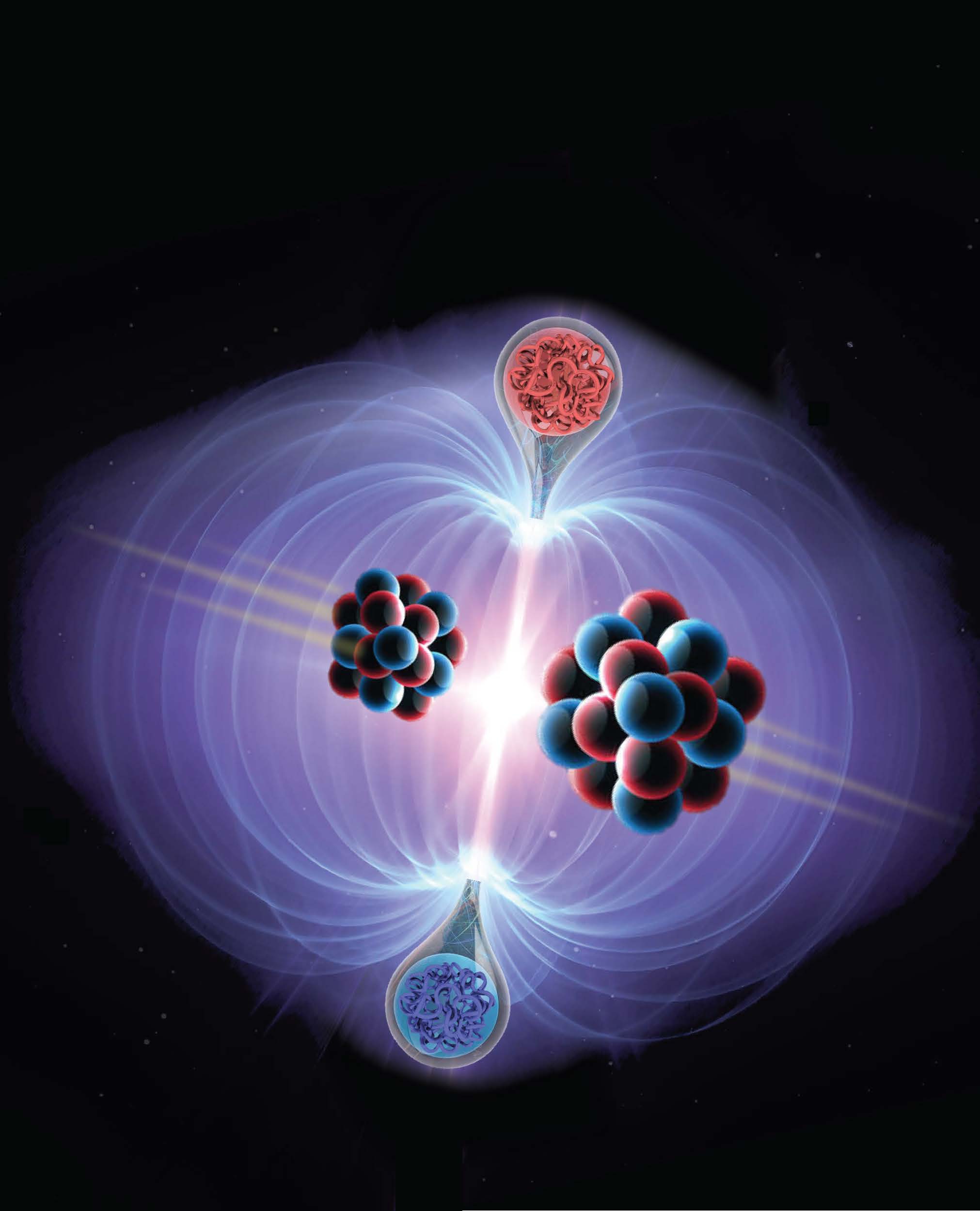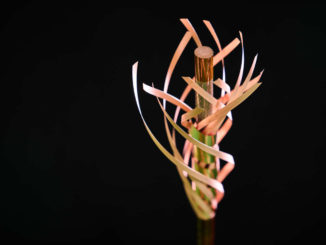
Finding an elusive elementary particle is more viable than ever after an international team of scientists conducted the first experiment to explore magnetic monopoles using the Large Hadron Collider.
Scientists from the European Organisation for Nuclear Research (CERN) and physicists from the University of Nottingham and Monopole and Exotics Detector (MoEDAL) used the Large Hadron Collider to explore a production mechanism theorized by Julian Swinger, a Nobel Prize winning American Physicist. Their findings are published in Nature.
The team is searching for magnetic monopoles, hypothetical fundamental particles with only one magnetic pole predicted by several theories, but not yet detected. Confirming their existence would be transformative for physics, proving that there are laws of nature not captured by the currently ruling theory of physics, the Standard Model, and allowing to probe new laws in unique ways.
“This specific monopole search was pioneering and opened a new, promising avenue for further searches,” said Igor Ostrovskiy, a MoEDAL physicist at The University of Alabama and corresponding author of the paper. “Ours was the first search where magnetic monopoles with finite size – the type predicted by recent theories – were realistically detectable, and while we did not find any, we were able to set the first reliable limits on the monopole’s mass.”
The team searched for magnetic monopole production in the collisions of heavy ions on the world’s largest and most powerful particle accelerator. The collisions generated strong magnetic fields, more powerful than those of fast-spinning neutron stars, and such strong fields could give rise to spontaneous creation of magnetic monopoles via the Schwinger mechanism.
“A big advantage of the Schwinger mechanism is that we can calculate its rate more reliably than for any other production processes explored at the LHC so far,” said Oliver Gould, a research fellow at the University of Nottingham, who performed theoretical calculations for this search. “This gives us a good idea about how many monopoles should be seen by the experiment as a function of their mass and magnetic charge. And since none have been seen, we can reliably say that magnetic monopoles must be heavier than a certain value”.
To detect magnetic monopoles, the MoEDAL researchers used a superconductive magnetometer to scan the detector modules exposed to the LHC lead-lead collisions for signatures of trapped magnetic charge. With no signs of the signal, the researchers were able to exclude the existence of monopoles lighter than 75 GeV/c2, where c is the speed of light, for magnetic charges ranging from 1 to 3 base units of magnetic charge.
MoEDAL plans to take more data and increase its sensitivity to heavier monopoles with larger magnetic charge in the near future.
Main image courtesy of James Pinfold, MoEDAL Collaboration.
Story credits
More information is available from Oliver Gould at Oliver.Gould@nottingham.ac.uk



